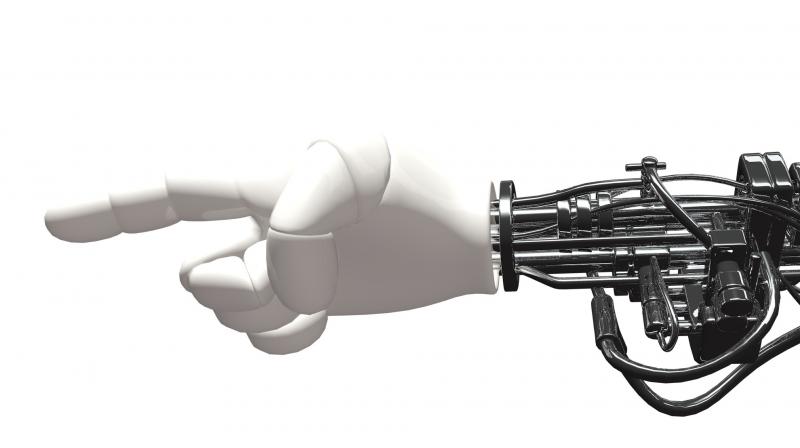Dawn of the autonomous era: AI, Machine Learning, and People Analytics

“Investment in AI to grow by 300 per cent in 2017, from an estimated $8 billion last year.” — Forrester 2016 saw the evolution of automated self-driven cars to chatbots and revealed the ever-increasing power and advancement of AI and Machine Learning. The technology — Artificial Intelligence has long been aiming at imitating human intelligence, which now seems to be paying heed to human patterns and behaviours. Last year, Artificial Intelligence broke loose from the restrictions of research labs to alter the way we live, communicate and run our businesses. By employing predictive and prescriptive methods, AI can detect loopholes and suggest relevant solutions to issues. Last year, we saw the spirit of accepting the growing influence of smart & intelligent machines by various major companies, thought leaders and academicians while this year would be the year of integration in real-time.
AI in HR
Artificial Intelligence has cut itself through another major field, HR. The machine learning has been complementing this industry enhancing the recruitment process and team productivity. Human resources had an improbable turnover in talent management, in analysing humans and in the decision-making process. More and more data is being generated every millisecond, of which 90 per cent is qualitative and unstructured. Allocating these data was crucial few years back until machine learning swooped in, to anatomise and transform any form of data into context. Hiring the right candidate for a company is time-consuming and toils the employer. Among the zillions of data generated by various individuals, AI helps in eliminating and sourcing only accurate employee for the position required. It is due to the technology capability of understanding the context of the business, HR has been greatly reinforced by improvised talent sourcing, acquisition, positioning, and management capabilities. Challenges of executing plans, suggesting actions and reducing risk are hence being annulled every day. Contextual Artificial Intelligence thus acts as a barrier to mortal favoritism during the process of recruitment.
AI & Unstructured Data Analytics — Finding Needle from the Haystack
IDC estimates - ‘The volume of digital data will grow 40 per cent to 50 per cent per year. By 2020, the number will have reached 40,000 Exabytes or 40 Zettabytes (ZB). The world’s information is doubling every two years.’ The relationship between organisations and their unstructured Data is of sheer significance. Exploration of this unknown territory is waiting to open new doors to mankind – insights and revelations of considerable value which could alter the way in which one engages in the profession, business, and life. We may find the needles from the haystack. The big question is – how does one make use of the Unstructured Data and reap the benefits? Analysts and strategists need new age technologies such as Machine Learning and People Analytics to bring life to the game. Machines need to discern data exactly the way humans do!
Today, combining AI & contextual analysis on the unstructured data helps
1 - Enhancing operational efficiency, competitiveness, and growth in a company. It makes all the business units accountable and a cardinal decision-making body with a predictive power backed by deep contextual insights.
2 - In providing unmatched accuracy levels - 95 Per cent in search and 80 per cent in demand-supply mapping. The resulting people analytics are measurable and auditable.
3 - In recalibrating systems experientially. This results in analytics with sharper insights for informed decision making for HR enabling to evaluate performance, culture, and engagement within an organisation while predicting risks, promoting a bias-free and a people-centric network in an organisation.
AI and Machine Learning- Recruiting Relevance
Artificial Intelligence and Machine Learning are now applied to accomplish more targeted, accurate and relevant candidate searches. One of the biggest benefits AI and Machine Learning tools possess over manual processes is that they can be trained and put to validation before actual function. Organisations can rely on actual insights and statistics for crucial decisions. They are responsible for offering hard data that either supports or denies beliefs of hiring managers’, recruiters’, or line managers’, about the kinds of talent they should be hiring.
Conclusion:
Contextual Artificial Intelligence, Machine Learning, and People Analytics on unstructured data has bred the potential to level the understated minorities and offer a competitive lead for organisations, whether by removing unconscious bias or attacking recruitment bias, sourcing, screening and hiring candidates. There is huge potential for these type of technologies- AI and Machine Learning and it’s imperative to apply them for radical HR transformation.
— by Neeraj Sanan, Chief Marketing Officer, Spire Technologies

